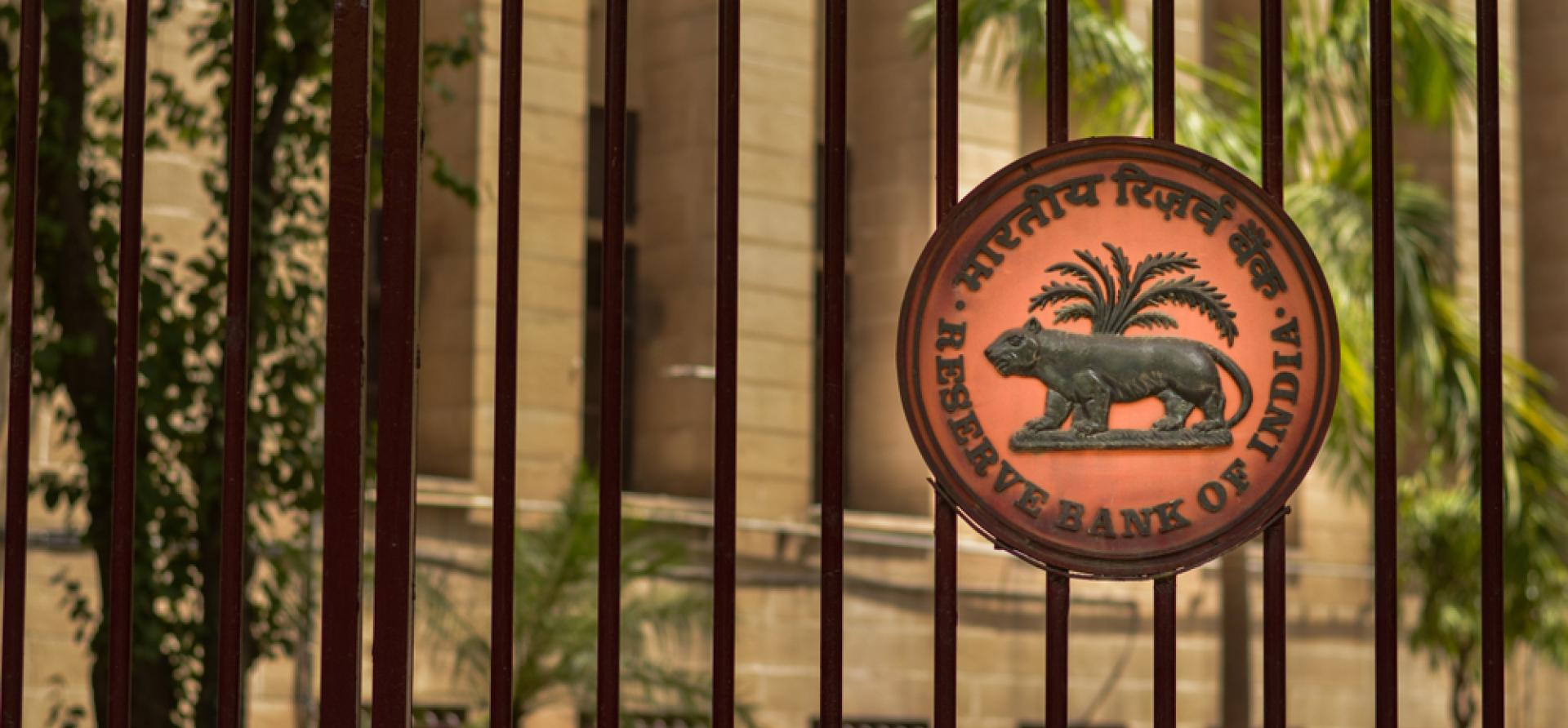RBI’s options for tackling climate change-induced inflation

Key Findings
Integrating variables such as temperature, precipitation patterns, soil moisture, and extreme weather events is crucial to capturing the impact of climate change. This approach can help the RBI better anticipate supply-side inflationary pressures from agricultural losses, energy demand fluctuations and disrupted production networks.
The RBI must strengthen its regulatory monitoring and surveillance mechanisms to keep a pulse on inflation risks across climate-vulnerable sectors. It should consider agriculture, energy systems and transportation networks as priorities, given their high exposure to climate shocks.
The most severe economic effects of climate change will likely unfold well beyond the current monetary policy horizon. The RBI’s inflation projections are currently for one year. Extending these projections gradually, possibly to 10 years, could better account for the effects of climate change on inflation.
Climate change can hinder growth, destabilise prices and threaten financial stability. While discussions and measures taken by central banks worldwide to minimise the impact of climate change on financial stability have been around for a while, inflation has emerged as an area of concern in recent times.
The Reserve Bank of India (RBI) has identified climate change as a threat to price stability and financial resilience. In its April 2024 report, the RBI highlighted climate change as a supply-side shock contributing to persistent inflationary pressures, particularly from extreme weather and erratic rainfall, which could raise headline inflation by about 100 basis points. Without mitigation policies in place, long-term economic output could decrease by 9% by 2050.
Additionally, heatwaves pose the risk of supply shocks to the manufacturing sector. The recent HSBC Purchasing Managers’ Index (PMI) survey showed that manufacturing activity fell to a three-month low of 57.5 in May 2024 from 58.8 in April 2024, as heatwaves and rising production costs led to reduced new orders and output.
Escalating Climate Risks Strain the Inflation-Growth Trade-off
Typically, monetary policy aims to balance inflation and economic growth. However, climate change lends a sense of uncertainty to policymaking. Worsening climate can lead to crop losses and supply chain disruptions. Energy shocks can trigger severe inflationary supply-side pressures. Ignoring them can lead to contractionary policies that undermine growth when massive climate investments are needed.
Central banks cannot disregard the rise in commodity and food prices. Both can pass through to core inflation, especially in emerging economies where food has a higher consumption weight in the inflation measure basket. Persistently high food prices in India have forced the RBI to maintain high repo rates.
As climate change increases weather shocks, affecting food and commodity supplies, lessons from the commodity boom of the 2000s remain relevant. Central banks may need to proactively anchor inflation expectations from climate-induced commodity/food price shocks while avoiding excessive tightening that hurts growth if the impact is transient.
Confronting multidimensional threats to price stability as a result of climate change demands a revaluation of how central banks like the RBI approach modelling, monitoring, policy implementation and stakeholder coordination.
Enhancing Inflation Forecasting Models by Integrating Climate Variables
Traditional inflation forecasting models focus on core economic variables like output gaps, exchange rates and energy prices. Integrating climate variables such as temperature, precipitation patterns, soil moisture, and extreme weather events is crucial to capturing the impact of climate change. This approach can help the RBI better anticipate supply-side inflationary pressures from agricultural losses, energy demand fluctuations and disrupted production networks.
Central banks, such as the Bank of England, with its Dynamic Stochastic General Equilibrium (DSGE) COMPASS model, and the Federal Reserve Board’s FRB/US model, use structural or semi-structural macroeconomic models for forecasting and scenario analyses. They also use time-series models for immediate predictions. By incorporating climate-related data into these models, the RBI can enhance forecasting accuracy for food and energy prices.
Strengthening Monitoring of Climate-Sensitive Sectors
The RBI must also strengthen its regulatory monitoring and surveillance mechanisms to maintain a constant pulse on inflation risks across climate-vulnerable sectors. It should consider agriculture, energy systems and transportation networks as priorities, given their high exposure to climate shocks and substantial weightage in national consumption baskets.
It should allocate dedicated resources to track indicators like crop conditions, water availability, energy demand fluctuations and supply chain resilience. This can inform timely policy interventions and facilitate contingency planning by detecting emerging climate-induced bottlenecks and price pressures early.
Credible Communication and Measured Policy Responses
The RBI should stick to a headline inflation target that better captures the household consumption basket rather than core inflation, as climate change can rapidly impact food production and energy prices. However, to preserve credibility, it should not overreact to transient shocks but communicate a measured policy response to anchor inflation expectations.
Coordinating with Fiscal Counterparts on Climate Policies
The mitigation and adaptation of climate change can reduce the impact of this risk on economic output and inflation. The RBI can support the union government by suggesting monetary and regulatory measures that can support climate adaptation and mitigation strategies. The RBI should advocate for more public investment in climate-resilient infrastructure, which can mitigate supply-side inflationary pressures. It should support initiatives to catalyse effective climate adaptation sectors such as agriculture, which are also prone to inflation. Complementary data infrastructure can further support evidence-based risk monitoring and policy design.
Adjusting Policy Horizons for Longer Climate Runways
The most severe economic effects of climate change will likely unfold well beyond the current monetary policy horizon. The RBI’s inflation projections are currently for one year. Extending these projections gradually, possibly to 10 years, could better account for the effects of climate change on inflation. The Bank of England and the European Central Bank have already started assessing the impact of integrating multi-decade climate pathways into their decision-making processes.
Conclusion
As the impact of climate change worsens, the RBI must strategically consider its ripple effect on inflation. Reforming monetary tools through climate-integrated forecasting, prioritising sensitive industry monitoring, and timescale calibration will be prudent. Engaging with the government on this issue would position the RBI at the forefront of evolving policy responses to climate change. The issues are multifaceted, but a proactive response would support price stability. With established credibility and autonomy, the RBI is well-placed to shape an optimal response to these exigencies. Anticipatory measures will facilitate smoother adjustment, while neglecting climate change will only accelerate its detrimental effects.
(The authors' views are personal and should not be attributed to the organisation.)
This article was first published in The Hindu Business Line.

















